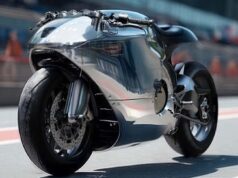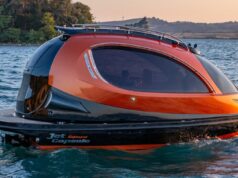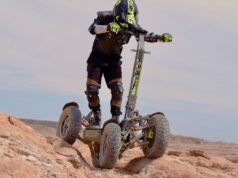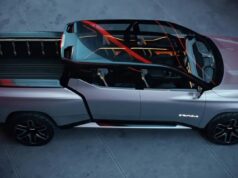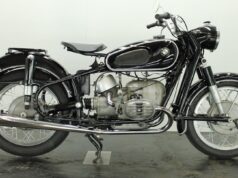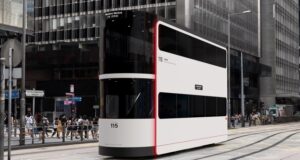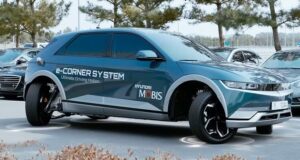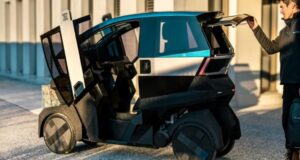Thanks to two Ramjet Engines, the HSP “Magnavem” would fly at a maximum speed of Mach 1.5 (1,852 kph), these engines would turn on when the airplane would reach a speed of over 890 kph (Hybrid Engines) and an altitude of 15,400 m. These engines would be fueled by Hydrogen fuel (H2) and would have a vectoring nozzle system that would give it much more control & capacity of maneuver during the supersonic speed flight. The inlet diffuser of the Ramjet Engines would be located under the airplane’ fuselage.
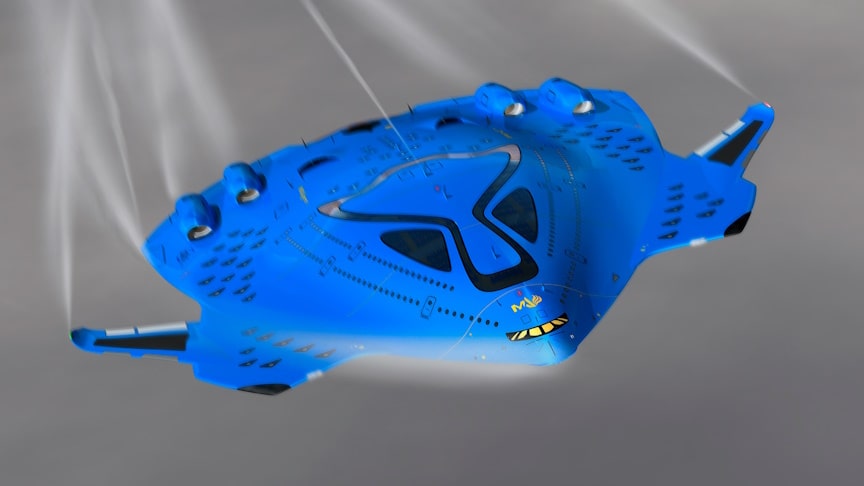
source-image: Oscar Viñals
Meet the HSP “Magnavem”:As a principal power source, the HSP “Magnavem” will be equipped with a Compact Fusion Reactor that will power the Hybrid engines, electric airplane systems, CO2 cleaner system & to charge the airplane’s batteries.The airplane would be equipped by an AI system that would control and optimize the plasma actuators function, thanks to analyzing and processing all the data received from the actuators’ sensors , from the nose of the airplane with the Micropulse coherent Doppler lidar system (could predict the wind turbulence strength in order to prevent “dangerous vibrations” that could affect the stability of the airplane.
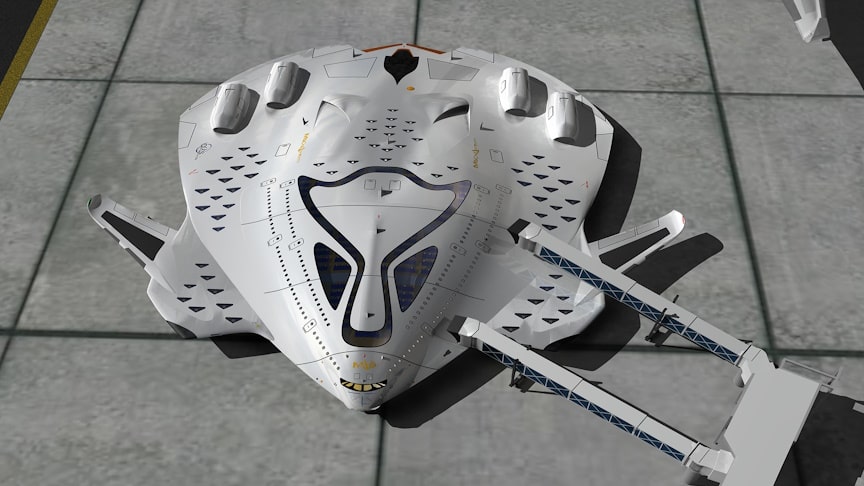
source-image: Oscar Viñals
The aircraft could detect areas of turbulence including a new method that allows estimating the intensity of turbulence in the atmosphere at a distance in a clear sky) and with another source of data, like a 3d microwave radar that will report altitude, as well as azimuth and target distance, or inform about atmospheric situation in real time with 3d image.
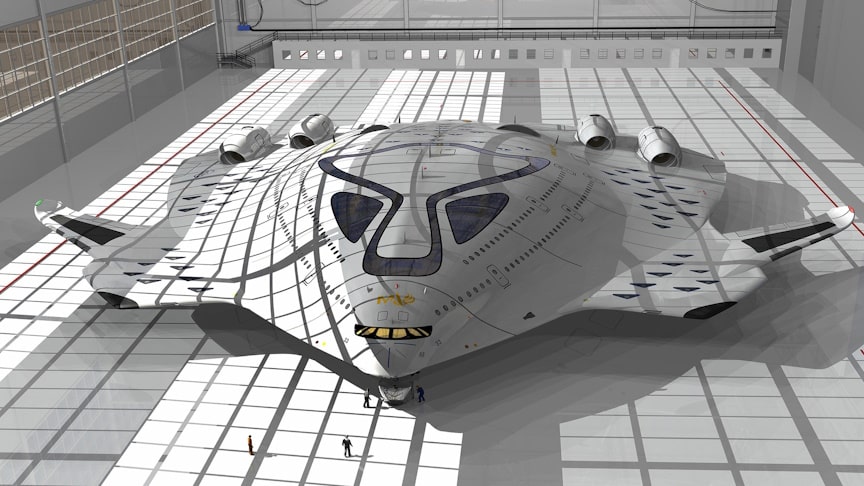
source-image: Oscar Viñals
Equipped with four oversize Hybrid Engines (Electric-Hydrogen fuel) in order to fly at subsonic speed and also to be very quiet, reducing the airplane noise up to minimum levels than current airplanes. These would be powered from battery storage or directly from the CFR, through the power converters made from Gallium Nitride and also fueled by Hydrogen (plasma chambers).
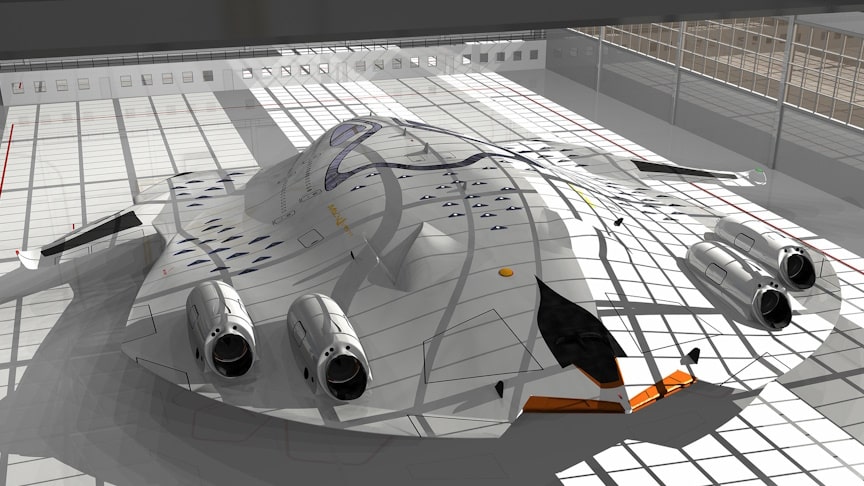
source-image: Oscar Viñals
Equipped with Hybrid Wings & a Delta shaped fuselage, as well as sharp edges around it, in order to reach a Supersonic Speed & the best aerodynamic features. The Hybrid Wings would be composed by a combination of a laminar flow wing (similar to SNLF technology – supersonic natural laminar flow-) with plasma actuators and a conventional flow wing with smart technology (non mobile parts).
Advertisement
This airplane could take-off & land in approximately only eight hundred meters, thanks to its technologic & aerodynamics features.It could have Two decks with a capacity for 500 passengers, a Super Tourist class with modular system that could accommodate between 280 to 360 seats with a generous “personal space” between them, a First class and Business class for 140 seats; with amazing views over their heads of the sky and all imaginable luxuries, like private suites, washrooms, spa, virtual reality, etc.
The ceiling of the 2nd deck could be made of glass with nanotechnology capable to change its opacity (electrochromic) and act as solar cells (Quantum dots).Battery storage structure under of the fuselage made on nano structures of graphene with the proprieties to be ultra-lightweight, strong, ultra-fast charge & discharge. Six independent Hydrogen fuel tanks located under the airplane.

